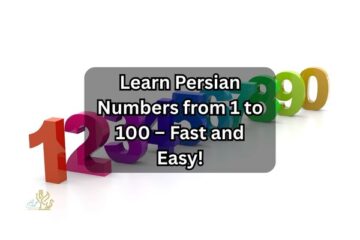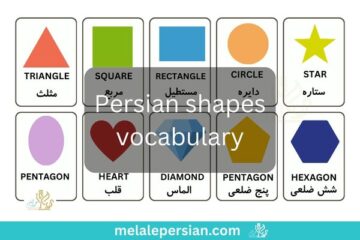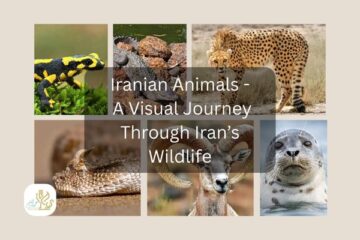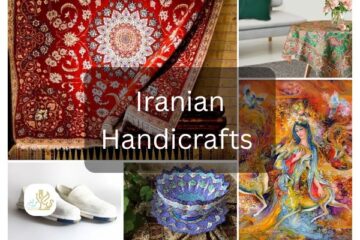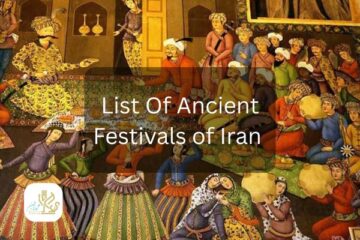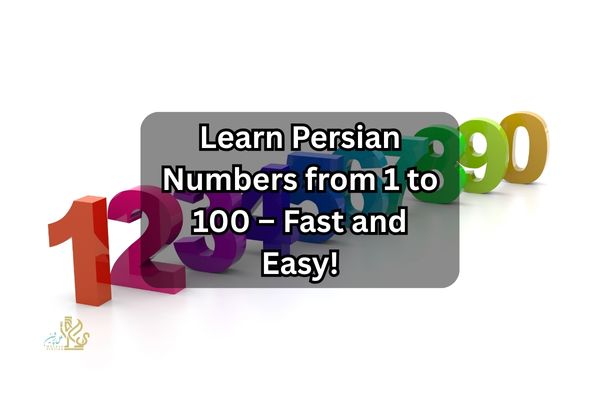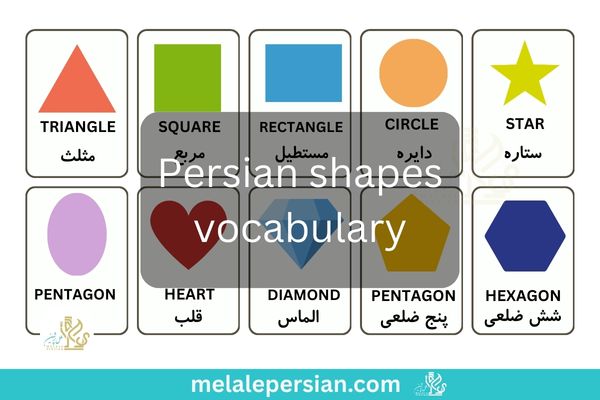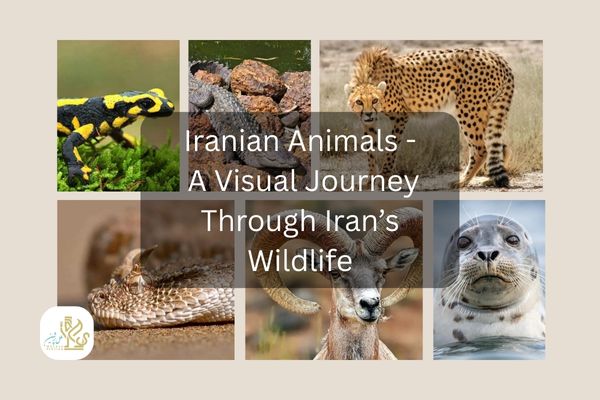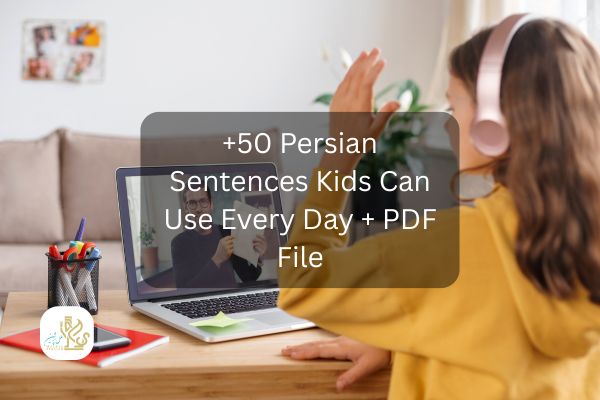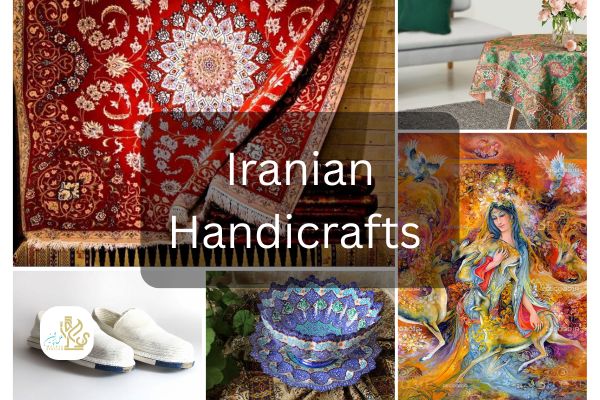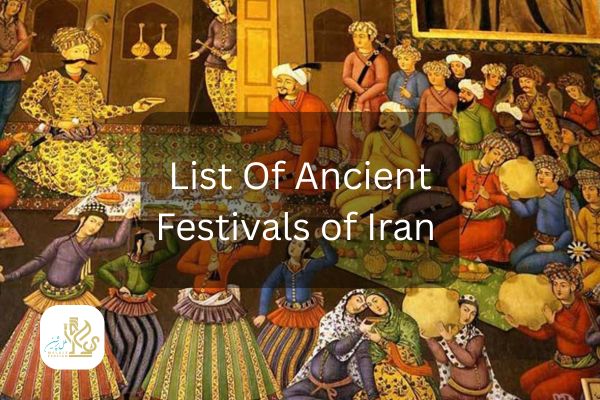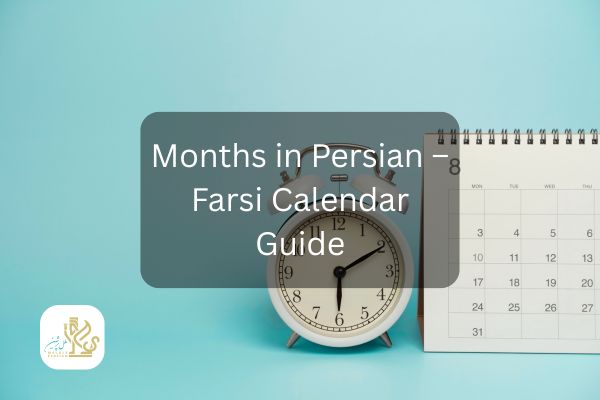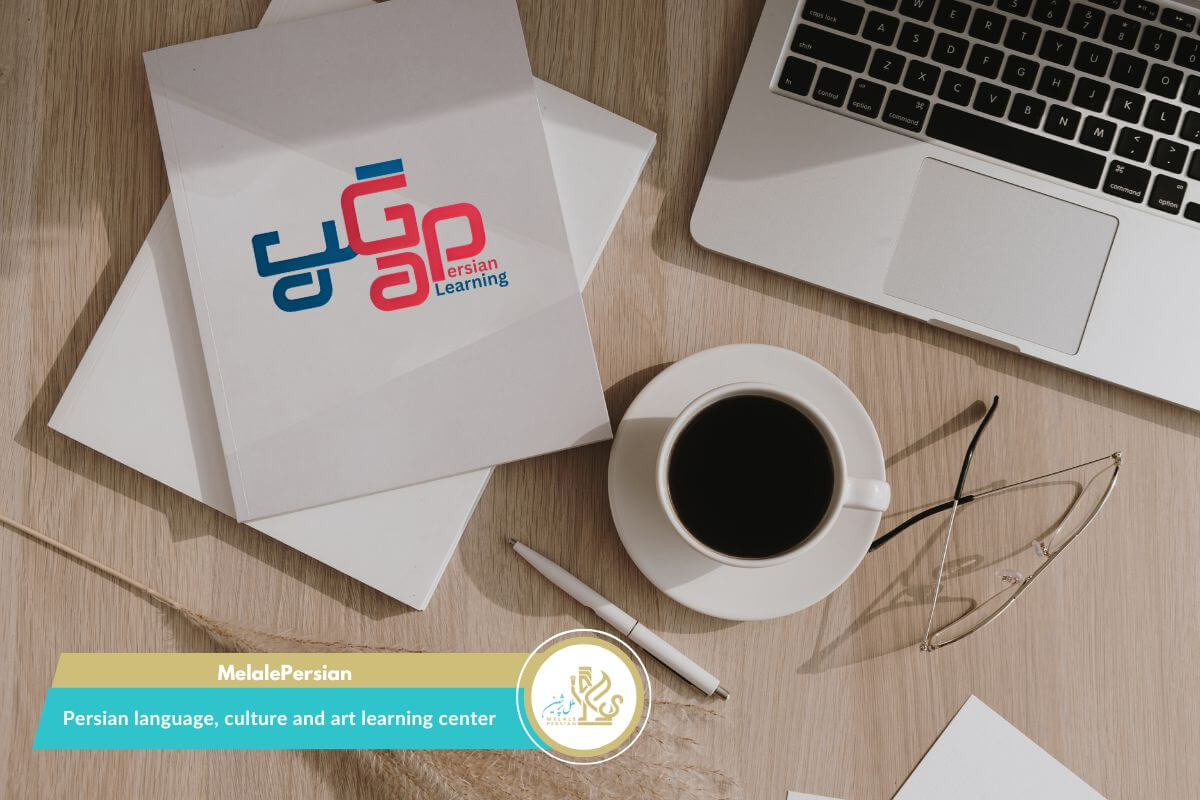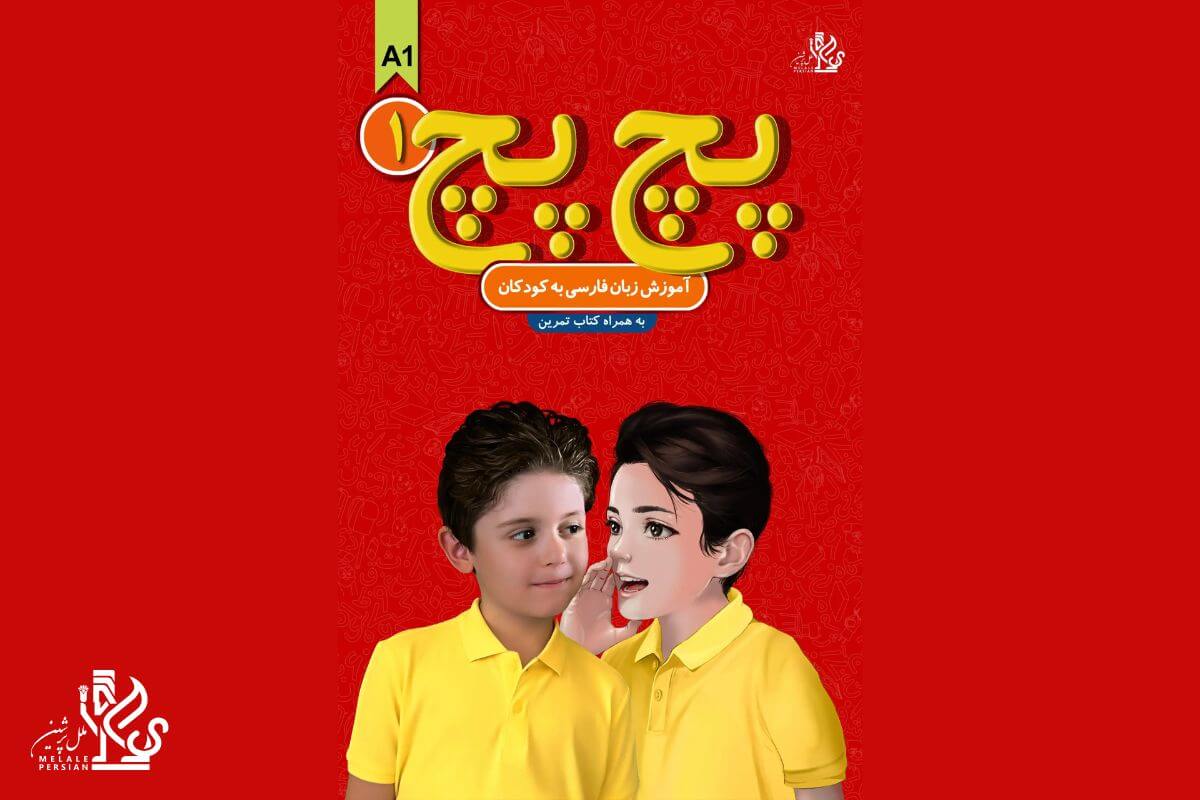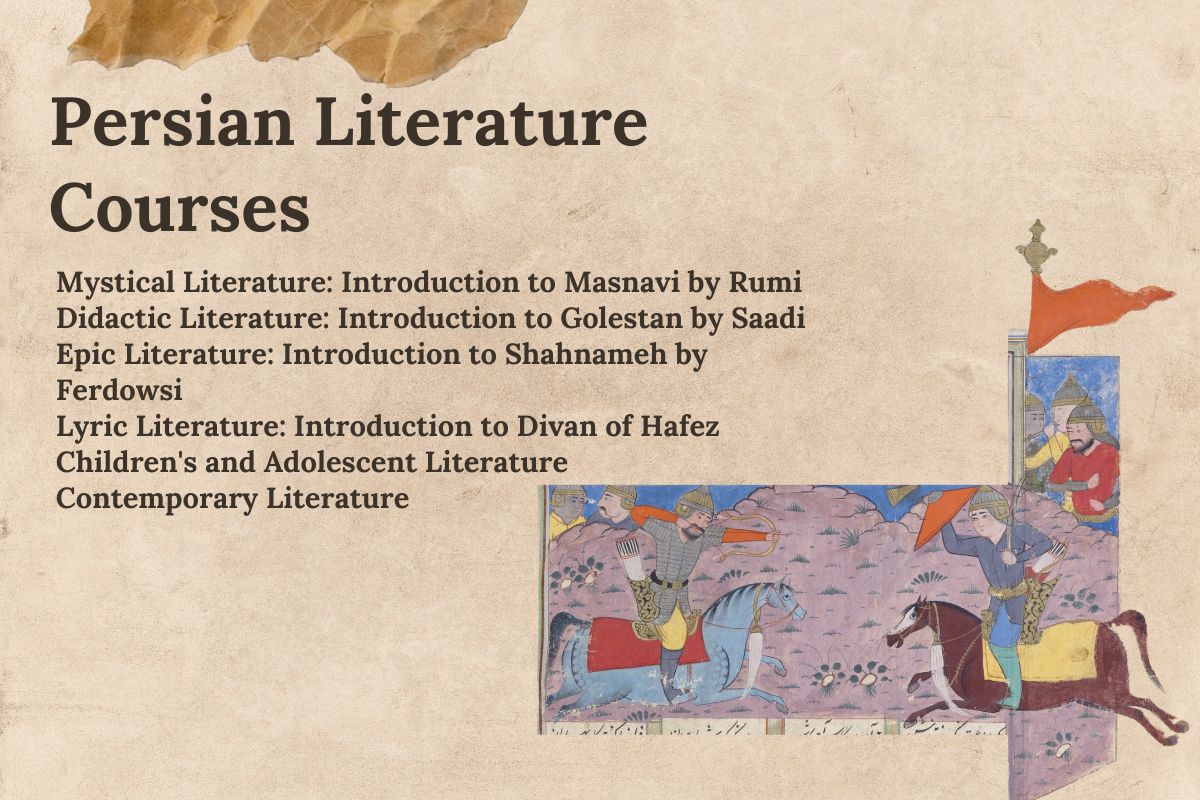Maadis or systems of canals are streams that originate from Zayandehrud, connecting the East side of the river to the west. These canals are a testament to the creativity of the inhabitants of the region to help flow the water from Zayandehrud to Isfahan plains for agricultural and urban usage. In actuality, one of the most important factors in the development of the historical city of Isfahan is the creation of these canals: the maadis that originated from Zayandehrud. In the past, Isfahan’s artists and architects were fully aware of the impact the river had on creating the rhythm of the city. Isfahan is a city that combines the visual artistry of public places and empty spaces. The role the river plays is crucial in shaping the rhythm of the city of Isfahan, a river that is considered the most important element in its design information.
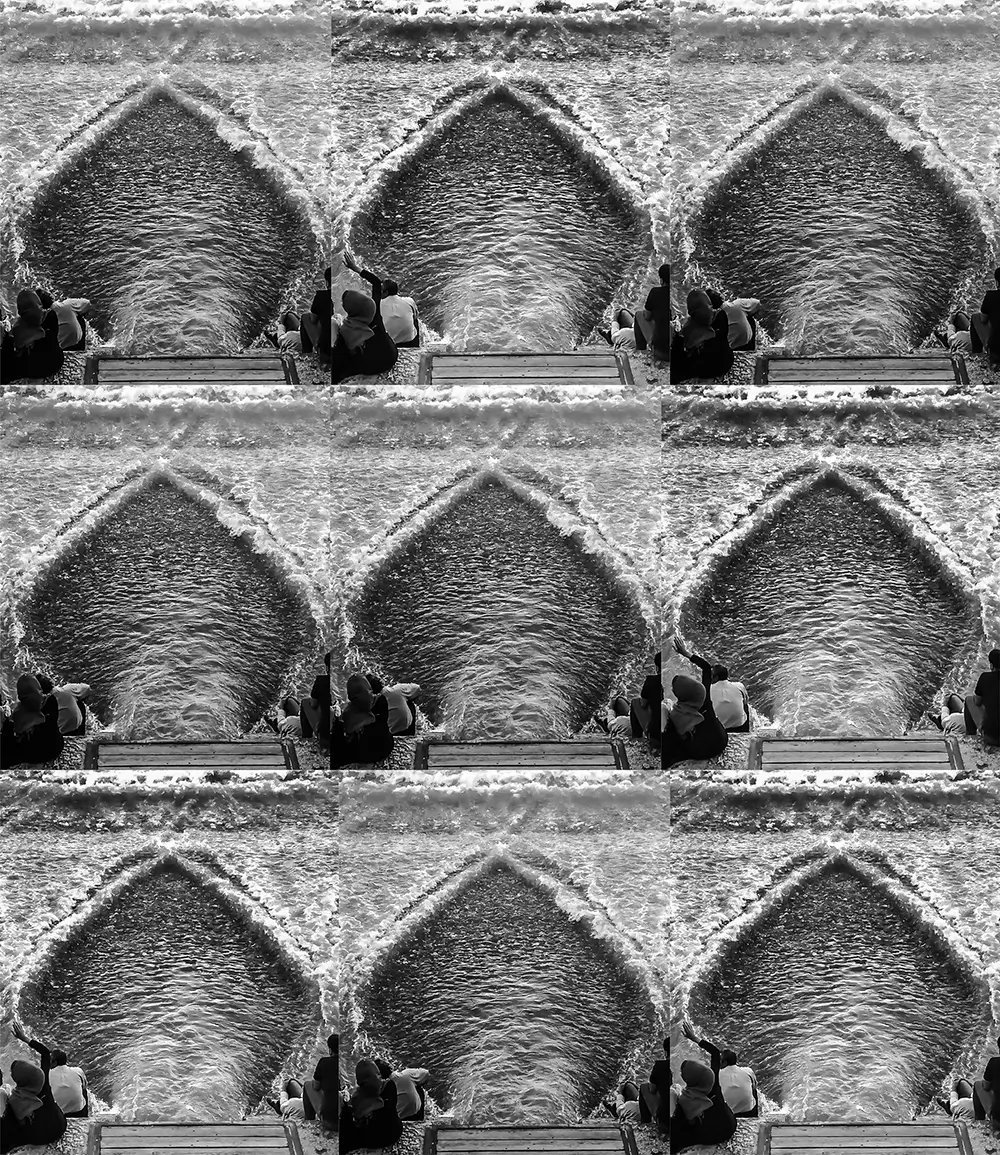
. In the time of the Medes, Isfahan was called Gābā. In the Avestan language(in Yasht) and other Iranian languages and dialects it meant alive, fertile, vibrant, living, life-giving, words synonymous with everlasting and eternal in modern Persian. The word “gaba” means living water, which brings the name of Zayandehrud to the mind. It also points to the significant role of the river in the formation and development of the city of Isfahan. A river that shines its bright light through the soul of the city and Runs through the veins of its citizens at all times. The artists and architects of Isfahan have to pay attention to the natural resources of water both consciously and unwittingly, and derive their inspiration towards works of art from it. They synchronize their artistic talents with the gentle movement of the streams and rivers and canals and the maadis. A river that has strong visual and even auditory effects on the minds of the artists that are in alignment with the rhythm of the river. Zayandehrud has affected the artists and architects of Isfahan both individually and collectively. Due to the rhythm the river creates, it affects the aesthetic perception of the artists. The river and the rhythm as opposed to “takt” Have a lot in common in terms of mobility and persistency. Experts such as Ludwig Klages(1872-1956), a philosopher of life and existence (vitalism), Develops his ideas based on the meanings that the word rhythm carries. According to him, there’s a difference between rhythm and takt; one being organic and the other mechanical. The takts present themselves in the movements of Staccatos such as clocks, metronomes, and pendulums, and the rhythm manifests itself best in the phenomenon of lapping waves.
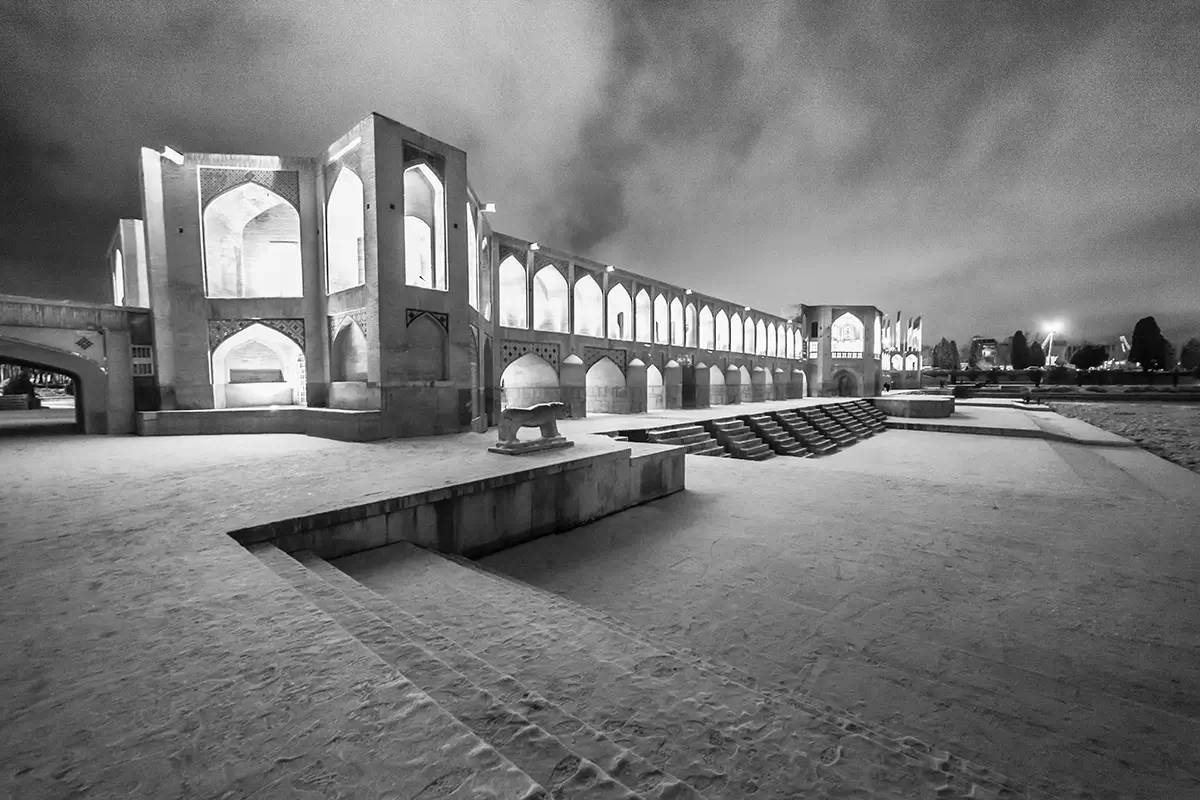
As rhythm is rooted in water and nature and whatever man creates is rooted in the takt, Bridges are known to be one of the most significant links between the two concepts. Running water in combination with the bridges as a man-made structure creates the closest relationship between civilized man and nature and helps create and introduce a primitive concept of urban space as a place where everyone can coexist together. The design on the arches of the spans to the bridge is formed according to architectural proportions that control the flow of the rhythm by applying time limits. Si o se pol and khaju bridges, as two important landmarks of Esfahan Have significant roles in recognizing takt and rhythm and the difference between the two Illustrates the concept quite well. The wavelike motion of the water is also along the arcs and semi-circles of the bridge spans. People’s artistic views also some from the architecture, paintings, and a collection of works of art displayed in the urban spaces of Esfahan. For instance, when you pass along the si o se pol river you take an involuntary pause and get a feeling that you cannot rush through the sidewalk; As if you have to slow down and become one and in tune with the gentle rhythm. People who live in metropolitan areas are inundated by taks. It is so overwhelming that they can never synchronize their bodies with the rhythm and it causes them mental problems and fatigue. In this regard the city of Esfahan is different from Tehran; it’s because of the flowing river and the synchronicity between the body of the citizens and the rhythm of the city. In the capital city of Iran the rhythm of life is pretty fast which leaves no room for taking a pause or standing still for a second, but there are a lot of visual architectural spaces.
Zayandehrud Please an important role in creating the rhythm of the city of Esteban and the canals of Esfahan play a significant role in spreading the river throughout the city. These maadis or canals date far back to the era of the Medes. They were revitalized by Sheikh Bahaei during the Safavid dynasty. Sheikh Bahaei (omniscient, sage, jurisprudence imam, Mystic, astronomer, mathematician, poet, writer, historian, and scientist of the 15th century A.D.) Is one of the most important people who has been thematically in tune with the element of water and is often associated with two major characteristics in Esfahan: Revival Avenue it’s for Esfahan’s canals to 33 spans and building bathhouses; these two achievements have made him the most important figure when it comes to achievements related to water in Esfahan.
The river is the most prominent organic element in the architecture and the development of the city of Esfahan, Which has always run through the city of Esfahan, the buildings of Esfahan, and the artists of Esfahan. In mind in tune with water is a huge aspect of the personal lives and cultural lives of the artists and architects of Esfahan. The river has played an important role in all the urban planning skills of the city as a life-giving factor in the body of Esfahan and has bound together with the architectural elements. The river has been behind every brilliant idea of the artists creating the city and to this day still might be. It has been a part of the works of the master Ali Akbar, One of the architects of the Safavid dynasty in Iran, Shah Esfahan Mosque being one of his most prominent works. The river has given meaning to what Sheikh Bahaei created, and it has always flown through the works of each and every artist.
To truly understand and recognize this rhythm you would have to step on each stone on the pavement and the sidewalks alongside the river. A true flaneur can not only feel the rhythm of the heart of the city but he can see it, hear it, and analyze it. A true analytical expert of the rhythm can hear the sound of the cobblestones, streets, shop windows, and the stairs as he listens to the music of the Bridges and can distinguish the melodies in the tones and tell them apart from the ordinary and the repetitive sounds. Repetition creates nuances and each nuance is a new and unpredictable phenomenon enveloping itself in the heart of the repetitions. The repetition of the curves and the way the rhythms in Esfahan speak of a time it was different, which is reflected in the works of some of the cities greatest artists and architects of the past.



